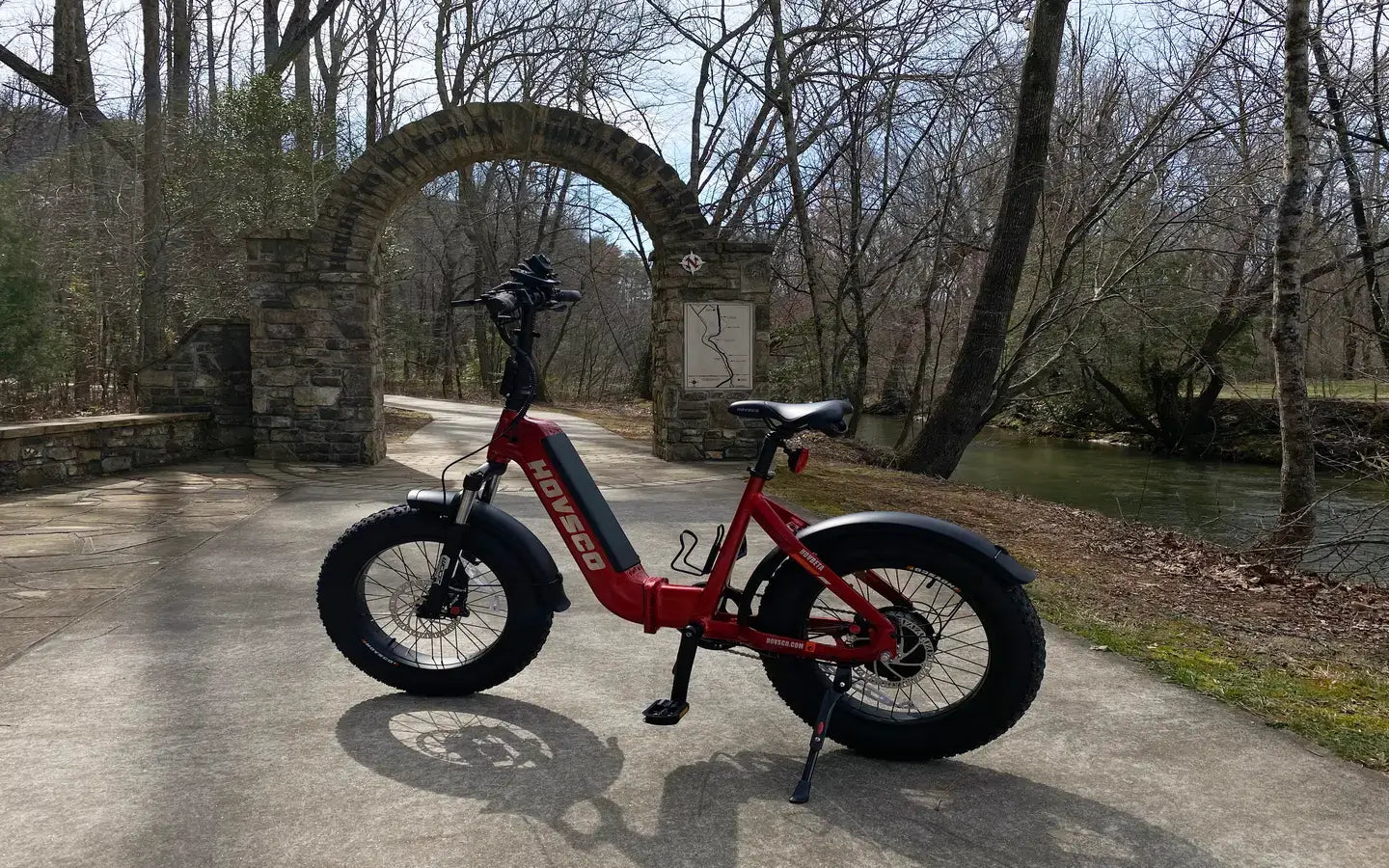
- by LiuJiazhu
How To Maintain Electric Moped Battery Lifespan?
- by LiuJiazhu
Maintain your electric moped battery lifespan by avoiding full discharges, storing at 50-80% charge, and keeping it cool (15-25°C). Use manufacturer-approved chargers, update firmware regularly, and balance cells every 3-6 months. Partial charging (20-80%) minimizes stress, while extreme heat or cold accelerates degradation. Proper maintenance can extend battery life to 3-5 years or 500-1,000 cycles.
Charging habits directly impact lithium-ion battery health. Frequent full discharges, overnight charging, or using fast chargers daily degrades cells faster. Partial charges (20-80%) reduce strain, while avoiding extreme voltages preserves chemical stability.
Lithium-ion batteries degrade faster when stored at 100% charge due to increased internal resistance. For example, charging to 100% daily can reduce capacity by 20% in 1 year versus 8% with 80% charges. Most moped batteries have 500-1,000 charge cycles (0-100%) but triple cycle life when operating between 20-80%. Pro Tip: Set a timer to unplug at 80-90% if your charger lacks a partial-charge mode. Think of your battery like a marathon runner—consistent, moderate efforts outlast sprints. But what happens if you ignore voltage limits? Accelerated wear from lithium plating or electrolyte breakdown. Always prioritize shallow discharges over full cycles.
| Optimal Charging | Harmful Charging |
|---|---|
| 20-80% partial charges | 0-100% full cycles |
| Slow charging (≤2A) | Daily fast charging (>4A) |
| Unplugging at 90% | Overnight charging |
Extreme temperatures accelerate chemical aging in batteries. Heat increases electrolyte evaporation, while cold causes lithium plating. Store and charge between 15-25°C for maximum lifespan.
Batteries lose 20% capacity per year at 25°C but 35% at 40°C. Below 0°C, charging risks permanent metallic lithium deposits that reduce capacity and increase short-circuit risks. Pro Tip: After riding in cold weather, let the battery warm to room temperature before charging. Imagine your battery as chocolate—it melts in heat and cracks in freezing cold. Practically speaking, park in shade during summer and avoid winter garage storage below 10°C. Did you know a 10°C temperature rise can halve cycle life? Use thermal-insulated cases in extreme climates.
| Temperature Risk | Effect |
|---|---|
| >35°C Storage | 30% faster degradation |
| <0°C Charging | Lithium plating |
| 45°C Discharge | Thermal runaway risk |
Long-term storage requires 50-70% charge, cool/dry locations, and bi-monthly voltage checks. Never store fully charged or discharged—both states corrode electrodes.
Lithium-ion batteries self-discharge 2-5% monthly. Storing at 0% causes "deep discharge" where voltage drops below 2.5V/cell, killing the battery. At 100%, oxidation degrades cathodes. Pro Tip: Use a smart maintainer for storage—it tops up charge every 30 days without overcharging. Think of storage like hibernation: a stable, moderate state preserves energy. Why does 50% charge work best? It balances ion distribution between anode and cathode. Always disconnect the battery from the moped to prevent phantom drain.
Cell balancing ensures uniform voltage across all cells, preventing overcharge/undercharge in weak cells. Imbalanced packs lose 20-40% capacity faster and risk premature failure.
Most moped batteries have 10-20 cells in series. If one cell degrades faster, the entire pack’s performance drops. Balancing redistributes energy during charging, like teammates sharing a workload. Pro Tip: Use a balance charger monthly or enable your BMS’s balancing feature. Modern Battery Management Systems (BMS) auto-balance during charging, but manual checks every 3 months catch early issues. Ever seen a weak link break a chain? Similarly, one bad cell can cripple your pack.
Replace batteries when capacity drops below 70% or runtime decreases by 40%. Swelling, overheating, or charging errors also signal replacement needs.
Most batteries last 3-5 years, but heavy use or poor care shortens this. Use a capacity tester or track mileage—if your 40-mile range becomes 24 miles, it’s time. Pro Tip: Recycle old batteries properly—discarding lithium-ion in trash risks fires and environmental harm. Think of battery lifespan like car tires: wear is inevitable, but maintenance delays replacement. Why pay for early swaps? Proper care often adds 1-2 years beyond warranty periods.
Firmware updates optimize charging algorithms, thermal controls, and BMS efficiency. Outdated software risks overvoltage, poor balancing, and inaccurate charge indicators.
Manufacturers release updates to fix bugs—like incorrect state-of-charge readings that cause overdischarge. For example, a 2023 HOVSCO update improved cold-weather charging safety by 30%. Pro Tip: Enable auto-updates or check the manufacturer’s portal quarterly. Imagine firmware as a battery’s "brain"—updates keep its decisions smart and safe. Why risk outdated logic? A 10-minute update can prevent hundreds of dollars in battery replacements.
No—prolonged charging after reaching 100% strains cells. Use timers or smart plugs to limit charging to 2-3 hours for partial top-ups.
Is it safe to use a fast charger daily?Avoid daily fast charging—it generates excess heat. Reserve fast chargers for emergencies and use standard chargers (≤2A) for routine charging.
Share:
What Are The Top Electric Moped Models For 2025 Urban Commuting?
Which Has A Lower Carbon Footprint: Electric Moped Or Traditional Scooter?